Dealing with excess humidity in your closet is more than just a minor inconvenience. High humidity levels can lead to mold and mildew growth, musty odors, and damage to your clothes and other personal items. Mold exposure can pose serious health risks, especially for those with asthma or allergies. This guide offers comprehensive, expert-backed strategies for reducing humidity in your closet, maintaining optimal moisture levels, and ensuring your belongings stay mold-free.
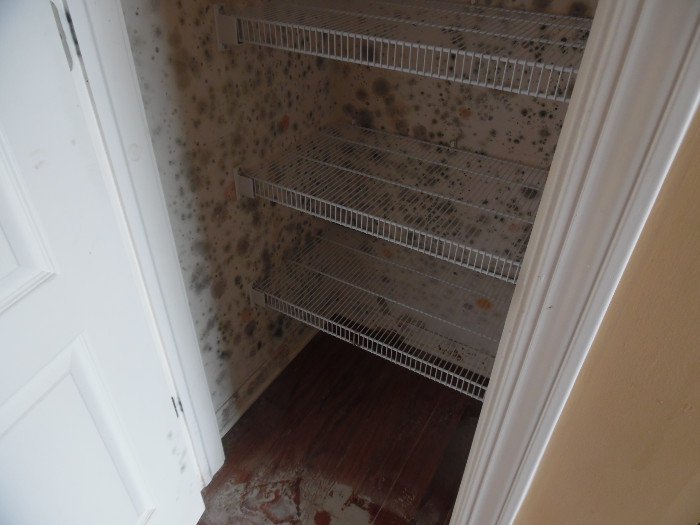
Why High Humidity in Your Closet is a Major Concern
Closets are often small, enclosed spaces that trap moisture easily. Without proper ventilation and humidity control, they become ideal environments for mold and mildew to thrive. The damage caused by high humidity can range from warped wood and discolored clothing to serious health concerns. Mold spores can trigger respiratory problems, skin irritations, and allergic reactions. To protect your health and your belongings, it is essential to understand the root causes of closet humidity and how to address them effectively.
Top Signs Your Closet Has a Humidity Problem
Recognizing the signs of a humidity issue early can help you take preventive measures before serious damage occurs. Here are some of the most common indicators of excess humidity in a closet:
Click to see detailed signs of closet humidity problems
- Persistent Musty Smell: If you notice a damp, stale odor that lingers even after cleaning, it is a clear sign that your closet has a humidity issue.
- Visible Mold and Mildew: Black, green, or white patches on walls, clothing, or shoes are evidence of mold growth due to excess moisture.
- Damp or Sticky Clothes: Clothes that feel moist or slightly sticky to the touch indicate high humidity levels.
- Warped or Swollen Wood: Wooden shelves and closet doors that appear warped or swollen are signs of long-term moisture exposure.
Effective Ways to Get Rid of Humidity in Your Closet
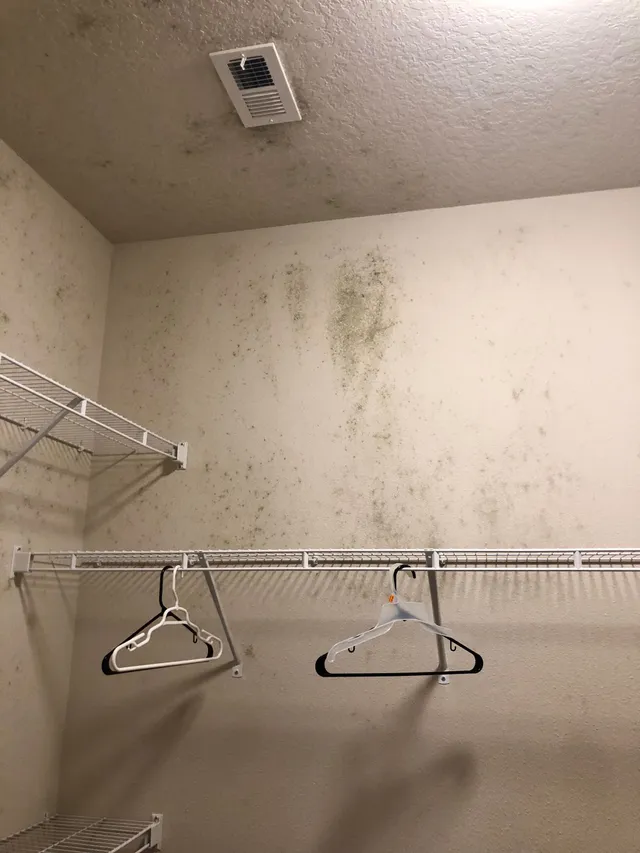
Eliminating excess humidity in your closet requires a multi-faceted approach. Implementing these proven strategies can help you maintain a moisture-free space and prevent mold growth:
1. Invest in a Quality Dehumidifier
One of the most effective ways to reduce humidity in a closet is by using a high-quality dehumidifier. Dehumidifiers are designed to extract moisture from the air, maintaining an optimal humidity level of around 30-50%. Compact dehumidifiers are perfect for smaller spaces like closets and can be placed discreetly to keep humidity at bay.
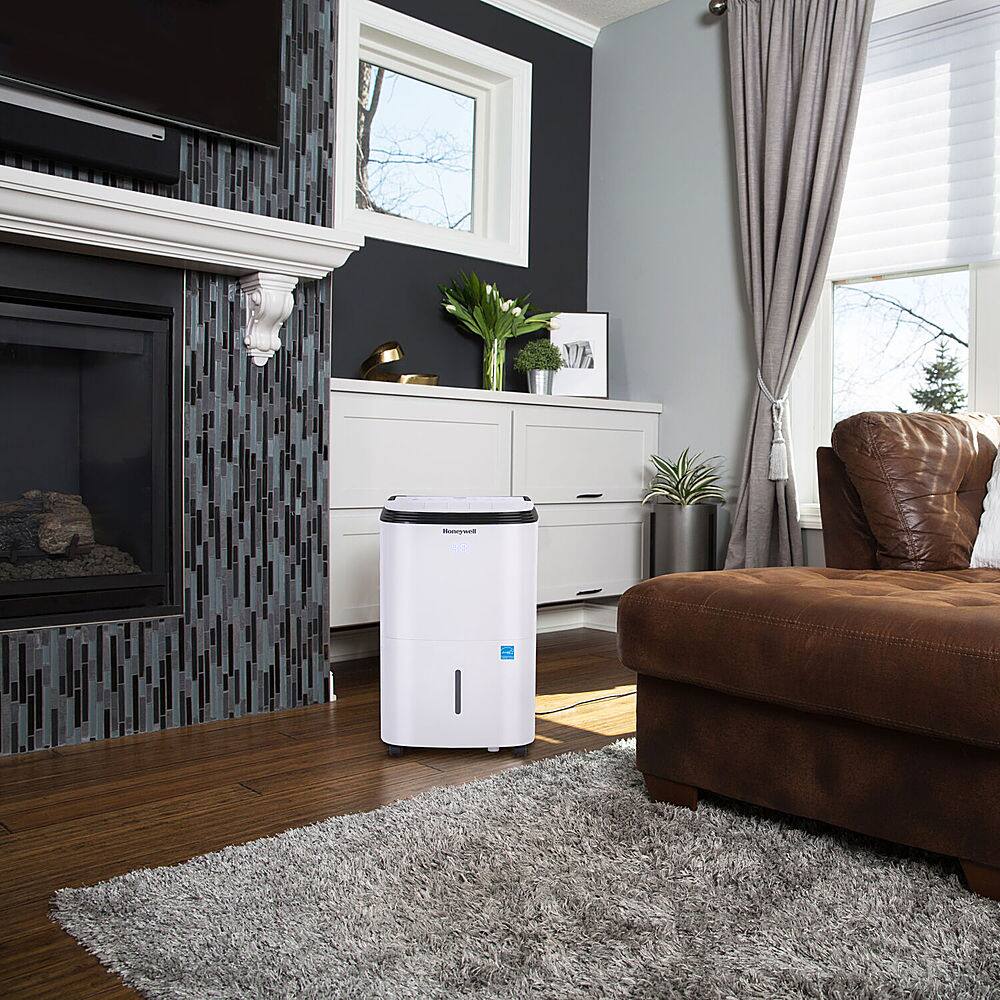
Click to learn how to choose the right dehumidifier
Look for a dehumidifier that is designed for small spaces and comes with features such as automatic shut-off, adjustable humidity settings, and a built-in hygrometer. Popular brands like Frigidaire and hOmeLabs offer models that are energy-efficient and reliable for long-term use.
2. Improve Closet Ventilation
Ventilation is key to controlling moisture levels. Poor airflow traps moisture and creates a breeding ground for mold. Consider making the following adjustments:
- Install a Louvered Closet Door: Louvered doors allow air to circulate freely even when the closet is closed, helping to dissipate moisture.
- Add a Small Fan: Placing a compact, battery-operated fan inside the closet helps circulate the air and prevent moisture build-up.
Pro TipKeeping the closet door open for a few hours daily can enhance airflow and reduce trapped humidity.
3. Use Moisture Absorbers and Desiccants
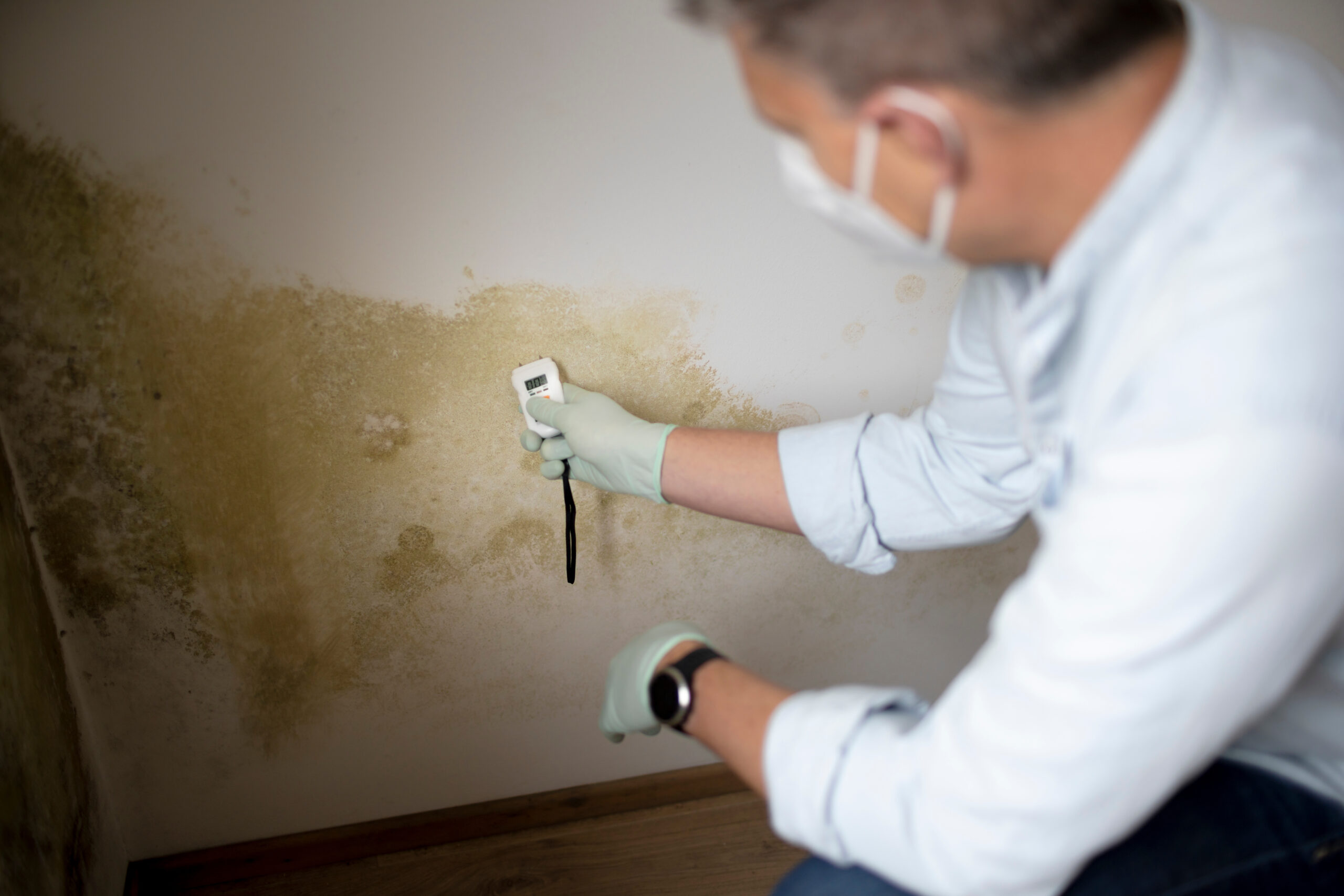
Moisture absorbers such as silica gel packs and activated charcoal are easy-to-use solutions that help control humidity. These products are inexpensive, require no power, and can be placed throughout the closet to absorb excess moisture. Activated charcoal not only absorbs moisture but also helps neutralize any musty odors, leaving your closet smelling fresh.
| Type of Moisture Absorber | Benefits | Effectiveness |
|---|---|---|
| Silica Gel Packs | Compact, reusable, and effective for small spaces. | High |
| Activated Charcoal Bags | Eco-friendly, absorbs moisture and odors. | Medium to High |
| DampRid Containers | Effective for larger closets, draws out moisture actively. | Very High |
DIY Solutions for Reducing Closet Humidity
If you’re looking for simple, budget-friendly ways to tackle humidity, consider these do-it-yourself solutions:
Create Your Own Moisture Absorbers
Making your own moisture absorbers is both cost-effective and straightforward. Fill small, breathable pouches with rice or rock salt and place them in different parts of your closet. Both substances are natural desiccants that draw moisture from the air. Replace the contents every few months to maintain their effectiveness.
Use Baking Soda for Dual Benefits
Baking soda is another household item that helps absorb moisture and neutralize odors. Place small bowls of baking soda on closet shelves or hang them in pouches. Replace the baking soda every 1-2 months for optimal results.
Long-Term Solutions for Maintaining Low Humidity Levels
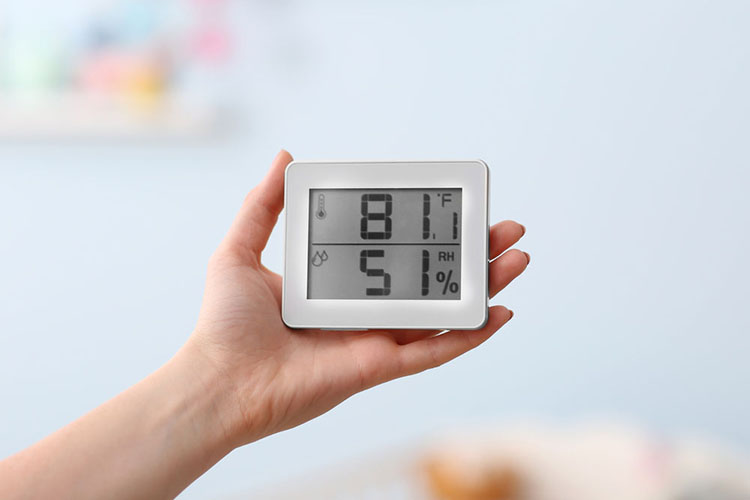
Once you’ve addressed the immediate humidity problem, long-term strategies are essential to ensure your closet remains moisture-free:
Upgrade Closet Insulation
Poor insulation can be a major factor contributing to high humidity levels. Ensure that walls adjacent to the closet are properly insulated. This can help maintain a consistent temperature and reduce the risk of condensation forming inside the closet.
Seal Any Leaks or Cracks
Inspect the walls and ceiling around your closet for any cracks or leaks that might be letting in moisture. Even a minor leak from a nearby pipe or ceiling can dramatically increase humidity levels. If you find any, seal them promptly with caulk or other appropriate materials.
How to Spot Hidden Leaks
Use a flashlight to inspect dark corners and check for any water stains or discoloration. Moisture meters can also help detect areas of high moisture content behind walls or under the floor.
Everything You Need to Know About Closet Humidity

| Question | Answer |
|---|---|
| What is the ideal humidity level for a closet? | The ideal humidity level should be between 30-50%. Anything above 60% can encourage mold growth. |
| Can I use natural methods to reduce humidity? | Yes, natural methods such as placing activated charcoal or baking soda in your closet can help absorb moisture. |
| How often should I replace moisture absorbers? | Depending on the type, replace moisture absorbers like silica gel packs and baking soda every 1-2 months. |
| Is mold in a closet dangerous? | Yes, mold exposure can lead to health issues such as allergic reactions and respiratory problems. It’s essential to address any mold issues promptly. |
| Do I need a dehumidifier for a small closet? | While it is not always necessary, a compact dehumidifier can be highly effective in keeping a small closet moisture-free. |
Conclusion
Maintaining low humidity levels in your closet is crucial not just for the longevity of your clothing and personal items, but also for your overall health. By implementing a combination of the methods outlined above—such as using a dehumidifier, improving ventilation, and incorporating moisture absorbers—you can create a moisture-free, mold-resistant space. Proactive maintenance and regular inspections will help you keep your closet dry and healthy for years to come.

